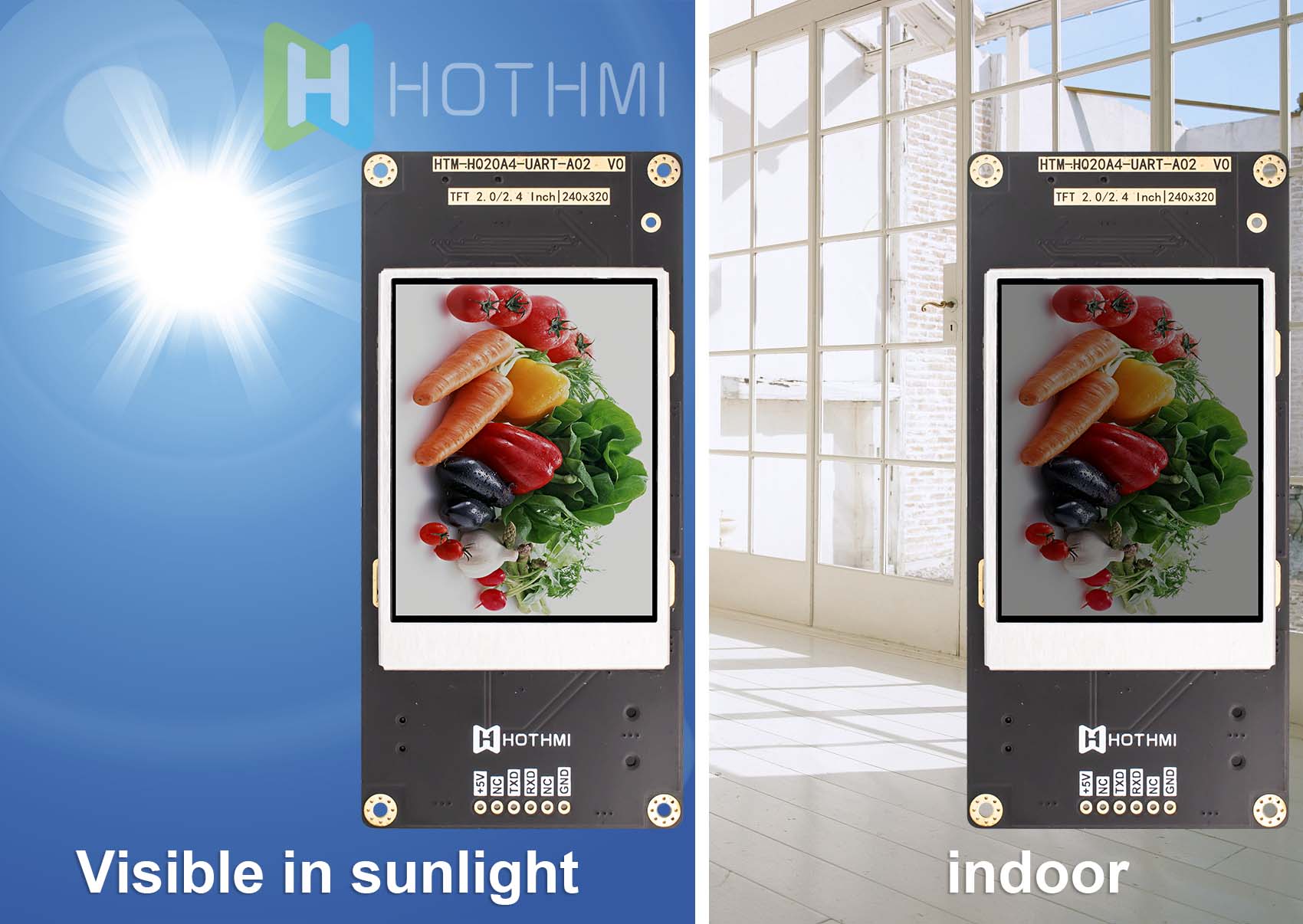What are nits?
Nit is the unit of brightness, 1nit=1 cd/m². Brightness refers to the physical quantity of the intensity of light (reflection) on the surface of a light source (reflector). When the human eye observes a light source from one direction, the ratio of the light intensity in this direction to the area of the light source "seen" by the human eye is defined as the brightness of the light source unit, that is, the luminous intensity per unit projection area. The unit of brightness is candela/square meter (cd/m²). Brightness is a person's perception of the intensity of light.
Brightness refers to the degree of brightness of an object, and is defined as the luminous intensity per unit area. The unit is nit (nit), 1 nit = 1 candela/square meter, and lumen (LM) is the unit of luminous flux.
How to choose the right nit?
What can be considered a good nit rating depends largely on how the monitor is used and the other features of the monitor chosen.。
Many LCDs used indoors have brightness between 200 and 300 nits. So, to get an idea of what brightness is, let's take a mobile phone as an example, which tends to have a maximum brightness between 500 and 700 nits. If the light brightness is over 500 nits, we can consider the display to be sunlight readable. Of course, there are many other factors that affect whether a display is sunlight readable (reflective or transflective polarizers, Blanview technology, etc.). A backlight of around 500 nits can overpower the sunlight and make the display readable. For more information, read our blog post: How to Make a Sunlight-Readable TFT LCD to learn how to make a display readable in sunlight.
Hot Display recently launched the following new sunlight readable and low power consumption products for you, which is the best solution to achieve sunlight readable. Please click the link to learn more.Transflective TFT
5" transflective TFT display TN 800x480px sunlight readable RGB interface/touch screen optional

As with all electronics, brighter displays require more power. Also, keep in mind that brightness ratings are often determined with the backlight of the LCD panel not installed. This means that the apparent brightness will be significantly lower than what is listed in the datasheet.
For some applications, it does not mean that the higher the brightness, the better. In addition to considering energy consumption, it is also necessary to consider whether the brightness is suitable for the environment. For example, in a very dark environment, too high brightness will cause some discomfort to the eyes. Therefore, when choosing the brightness of the display, it is necessary to comprehensively consider various factors before determining what range of brightness is the most suitable.
How to measure nit brightness?
Measuring nit brightness requires the use of professional measuring instruments such as a photometer or colorimeter. These instruments can accurately measure the intensity of light emitted by the display device and display it in nits.
For more customized display solutions with higher brightness, please contact us directly!